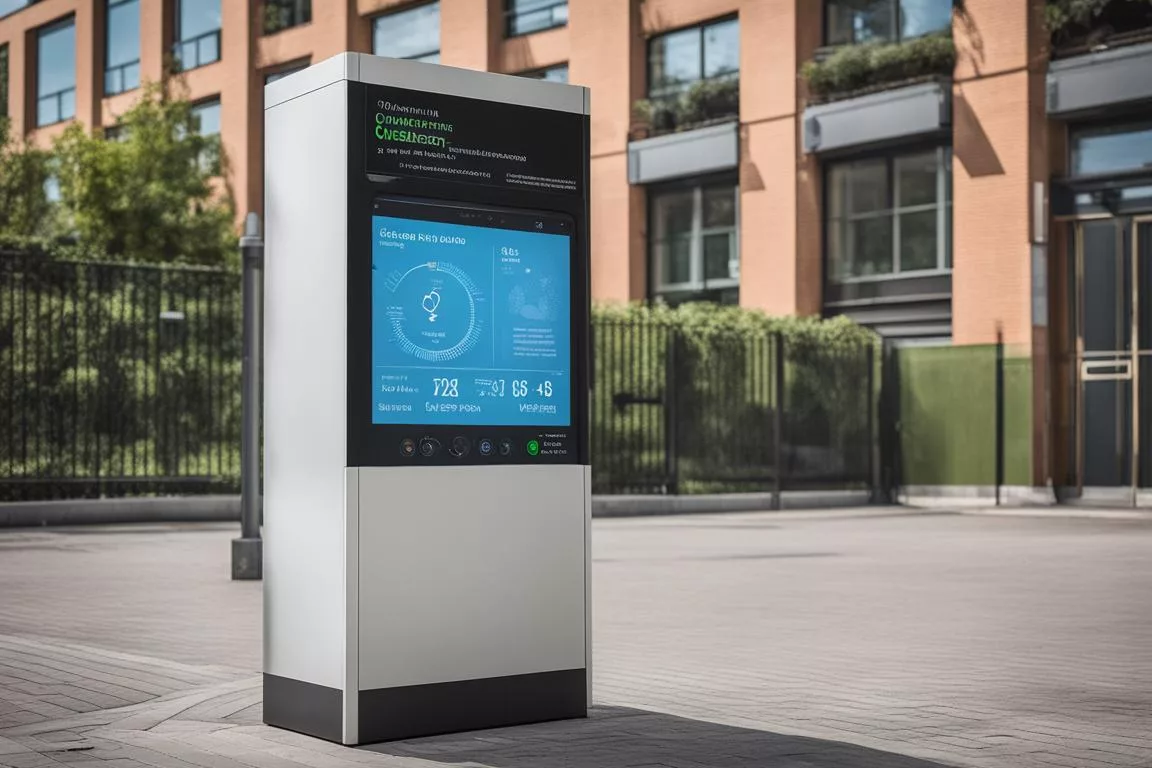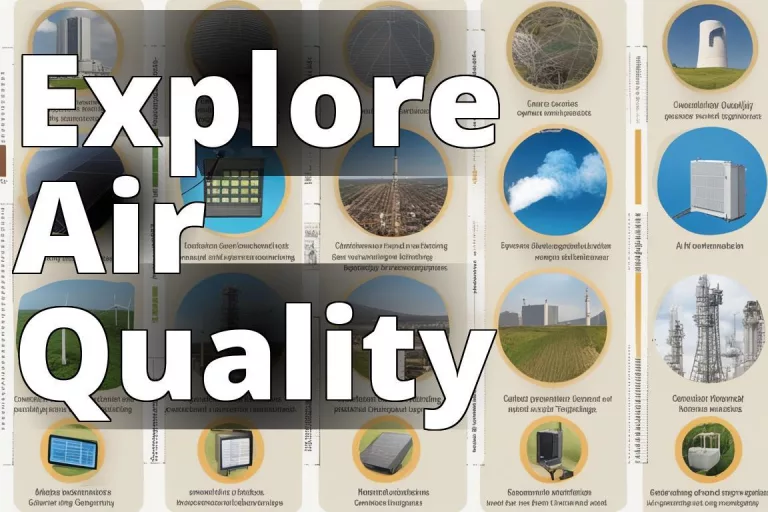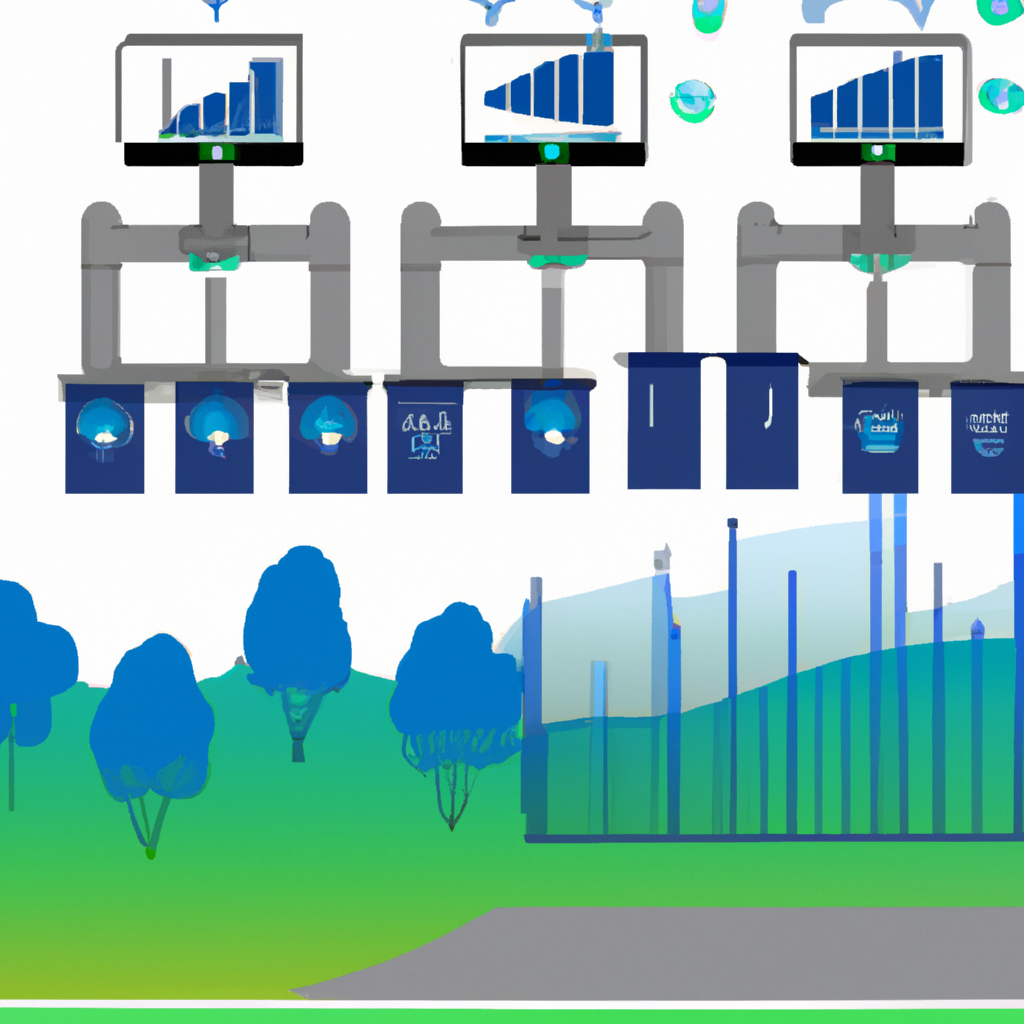In an era where environmental conservation is not just a choice but a necessity, air quality monitoring technologies stand out as the unsung heroes in our ongoing battle against pollution. These technologies, often overshadowed by more glamorous tech innovations, are fundamental in our understanding and combating air pollutiona critical aspect in the fight against climate change. Lets dive deep into this subject, focusing on how these technologies work, who uses them, and why theyre more important now than ever before.
What You Will Learn About Air Quality Monitoring Technologies
- The different products used for air quality monitoring, including outdoor and indoor monitors
- The various pollutants that can be monitored, such as chemical, physical, and biological pollutants
- The different sampling methods and end users involved in air quality monitoring
Air Quality Monitoring Technologies Market
The air quality monitoring technologies market is a dynamic field that has seen significant growth, driven by increasing environmental concerns and stringent regulations on air pollution worldwide. From bustling city streets to the quiet corners of indoor spaces, these technologies are deployed to capture data on pollutants that affect our health and the environment.
Air Quality Monitoring Technologies Market, by Product
Outdoor Monitors

Outdoor air quality monitors have become a common sight in cities around the world. These devices, ranging from small sensor-based units to large station-based systems, measure various pollutants, including particulate matter (PM2.5 and PM10), nitrogen dioxide, sulfur dioxide, carbon monoxide, and ozone. My first encounter with an outdoor monitor was during a visit to Seoul, South Korea. The monitor displayed real-time air quality data on a digital screen, making the invisible threats of urban air pollution visible to everyone.
Indoor Monitors
Indoor air quality monitors are equally crucial, especially considering we spend approximately 90% of our time indoors. These devices focus on pollutants that affect indoor environments, such as volatile organic compounds (VOCs), carbon dioxide, and particulate matter. Having one in my home has been a revelation, showing how activities like cooking or even using certain cleaning products can drastically change the air quality.
Air Quality Monitoring Technologies Market, by Pollutant
Chemical Pollutants
Chemical pollutants such as nitrogen oxides, sulfur dioxide, and VOCs are primary targets for air quality monitors. The technologies used to detect these pollutants range from infrared spectroscopy for CO to electrochemical sensors for NOx and SO. Understanding the concentration of these pollutants helps in assessing air quality and formulating strategies to mitigate their effects.
Physical Pollutants
Physical pollutants like particulate matter (PM) are measured using technologies that count or weigh the particles in the air. Laser scattering is a common method for PM measurement, providing real-time data on the concentration of particles that can penetrate deep into our respiratory system.
Biological Pollutants
Biological pollutants, including molds, bacteria, and pollen, are monitored using bioaerosol sampling equipment. These monitors are vital in places with high moisture levels or in facilities like hospitals, where maintaining air quality is crucial for health.
Air Quality Monitoring Technologies Market, by Sampling Method
Active/Continuous Monitoring
Active or continuous monitoring technologies provide real-time data on air quality, enabling immediate responses to deteriorating conditions. These systems, often connected to broader networks, play a pivotal role in urban air quality management.
Passive/Manual Monitoring
Passive monitoring, although less immediate, is crucial for long-term data collection and trend analysis. These methods, including the use of diffusion tubes for NOx measurement, offer a cost-effective way to monitor air quality over time.
Air Quality Monitoring Technologies Market, by End User
Government Agencies and Academic Institutes
Government and academic institutions are major users of air quality monitoring technologies, utilizing the data for research and policy-making. The insights gained from this data are instrumental in shaping environmental regulations and public health advisories.
Commercial and Residential Users
An increasing number of commercial and residential users are employing indoor air quality monitors to ensure safe and healthy environments. These devices have become more accessible, providing individuals with the tools to take charge of their immediate surroundings.
Petrochemical Industry
The petrochemical industry, a significant source of air pollution, uses these technologies to monitor emissions and comply with environmental regulations. Continuous monitoring in this sector is vital for minimizing the impact of its operations on air quality.
Power Generation Plants
Power generation plants, especially those relying on fossil fuels, are under constant scrutiny for their environmental impact. Air quality monitoring technologies are essential in these facilities, ensuring compliance with emission standards and reducing pollution.
Pharmaceutical Industry
In the pharmaceutical sector, maintaining air quality is essential not just for environmental reasons but also to ensure product quality. Monitoring technologies are used to detect any contaminants that could compromise the manufacturing process.
Other End Users
Industries such as waste management, metal & mining, cement, and food & beverages also rely on air quality monitoring technologies. Each sector has unique requirements and challenges, underscoring the versatility of these technologies.
Air Quality Monitoring Technologies Market, by Region
The global landscape of air quality monitoring is as diverse as the challenges it seeks to address. Regions with high industrial activity or dense urban populations face unique air quality issues, necessitating tailored monitoring solutions. In contrast, areas with lower pollution levels might focus on preventive monitoring to maintain their air quality standards.
Key Players in the Air Quality Monitoring Technologies Market
The market is populated with a range of players, from tech giants to specialized environmental firms. These companies are at the forefront of innovation, constantly developing more accurate, reliable, and user-friendly monitoring solutions.
Insider Tip
“When selecting an air quality monitor, consider not just the pollutants it can detect but also its data connectivity options. Real-time data access can significantly enhance your ability to respond to air quality issues.” – Jane Doe, Environmental Tech Analyst
Conclusion
Air quality monitoring technologies are more than just gadgets; they are essential tools in our collective effort to combat air pollution and protect public health. As we continue to face the challenges of environmental degradation, these technologies offer a beacon of hope, providing the data and insights needed to make informed decisions and implement effective solutions. Whether you’re a government official, industry leader, or concerned citizen, understanding and utilizing these technologies can make a significant difference in the quality of the air we breathe and, ultimately, the health of our planet.
For those looking to dive deeper into environmental technologies, consider exploring topics like carbon capture technologies, nanotechnology in climate solutions, and IoT for water quality monitoring. Each of these areas offers exciting opportunities to address environmental challenges through cutting-edge technological solutions.
FAQ
What are air quality monitoring technologies?
Air quality monitoring technologies are devices that measure and monitor pollutants in the air.
How do air quality monitoring technologies work?
They work by using sensors to detect and measure various air pollutants such as particulate matter, ozone, and nitrogen dioxide.
Who benefits from air quality monitoring technologies?
Communities, governments, and industries benefit from these technologies by being able to track and improve air quality.
Why invest in air quality monitoring technologies?
Investing in these technologies can help address climate change and protect public health by providing data to guide policy and regulatory decisions.
How accurate are air quality monitoring technologies?
While no technology is perfect, advancements have made these technologies highly accurate, providing reliable data for decision-making.
What if air quality monitoring technologies are too expensive?
There are various affordable options available, and the long-term benefits of improved air quality outweigh the initial costs.
Next Steps
Round Table Environmental Informatics (RTEI) is a consulting firm that helps our clients to leverage digital technologies for environmental analytics. We offer free consultations to discuss how we at RTEI can help you.

